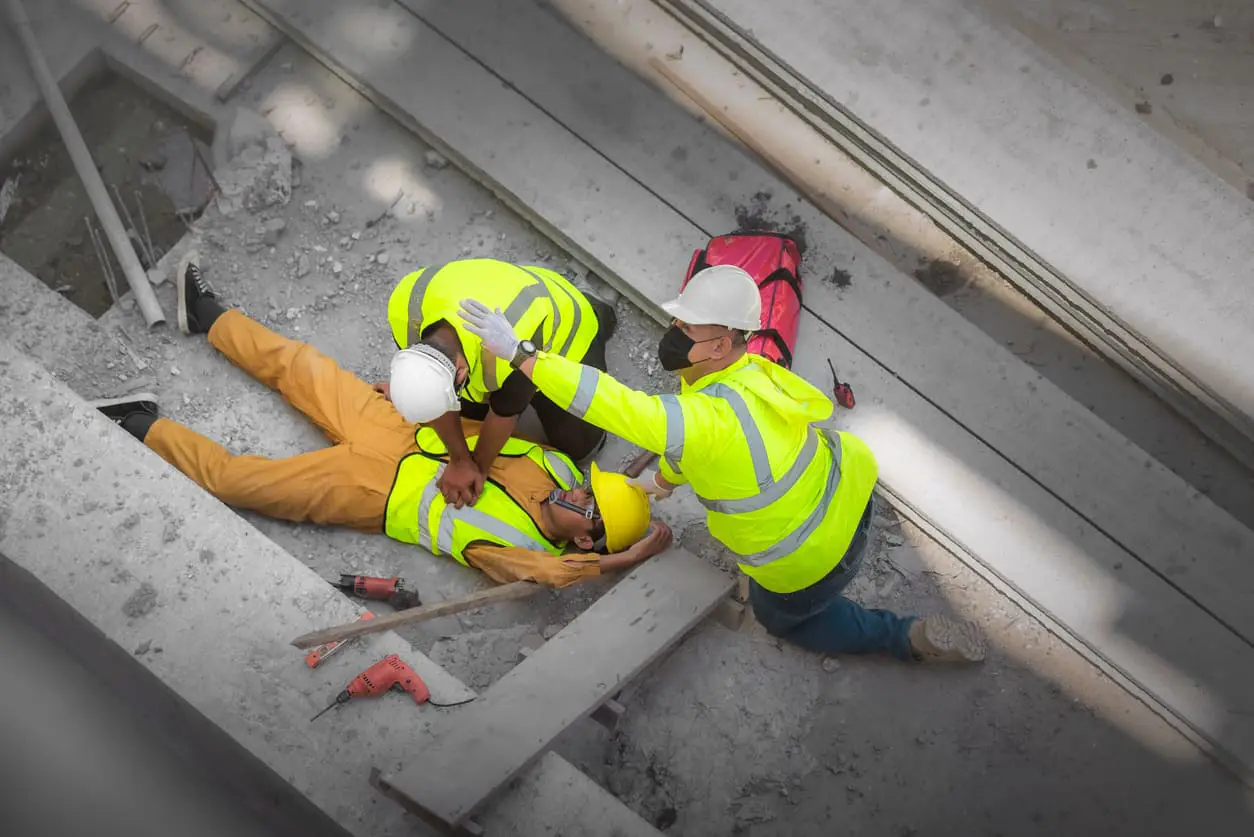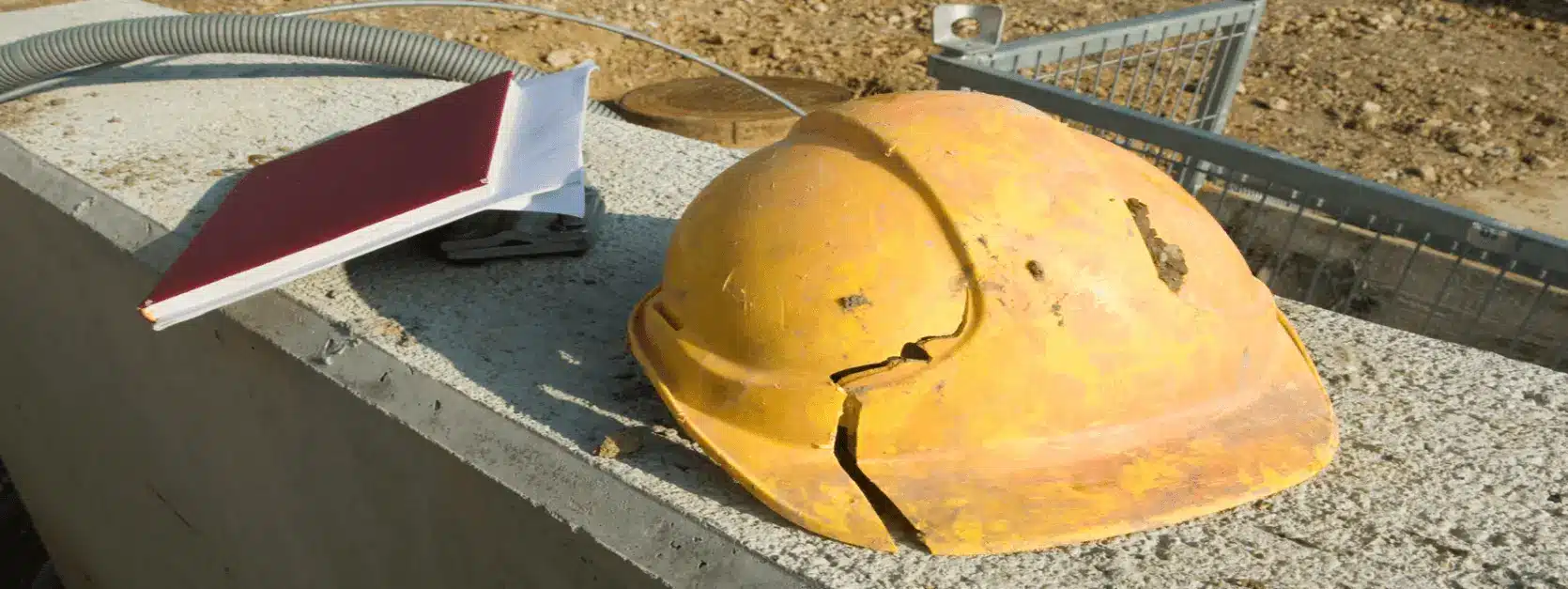New York personal injury cases which involve construction accidents typically generate verdicts and settlements far higher than the standard personal injury case. There are most likely several reasons for this phenomenon.
The Impact of New York’s Scaffold Law in Construction Accident Cases
One reason concerns the existence of New York Labor Law §240(1), otherwise known as the “Scaffold Law”, which imposes absolute liability upon certain owners and contractors in favor of construction workers injured due to gravity related accidents. The statute covers not only workers falling from a significant height, say from a ladder or scaffold, but also a falling object which injures a worker. A worker’s own comparative negligence is not a defense to a Labor Law §240(1) action, which means that even if a worker’s negligence partially caused the accident, the owner and contractor nevertheless maintain full liability. There are essentially two defenses to a Labor Law §240(1) case. One is that the worker’s actions were the sole proximate cause of the accident. The other is that the worker had been instructed to use a safety device – such as a harness, for instance – and failed to do so for no good reason, thus applying the “recalcitrant worker” defense.
Many Labor Law §240(1) cases are at least partially resolved before the case ever gets in front of a jury, in a pre-trial proceeding known as Summary Judgment. Under this scenario, the injured worker’s attorney will argue that the owner or contractor is fully liable for the worker’s injuries, since the worker fell from a height, and the worker’s negligence, if any, is not a defense. That argument might involve proof that the worker was not provided with an adequate safety device to protect him from height related dangers, and that the failure to provide that adequate safety device was a proximate cause of the accident. If the injured party’s attorney is successful in that endeavor, the worker will have won the liability phase of the case before the case goes to trial.
Under that circumstance, the defendant and its insurance carriers are aware before the trial even begins that the injured worker has already prevailed on the issue of liability. At that point, the question becomes whether the two sides can agree on the right monetary amount to settle the case. If an insurance company knows that its insured cannot prevail at trial, there may be more incentive to settle, rather than risk a much higher verdict from a jury. That incentive to settle will naturally drive up the settlement value.
Construction Accident Injuries Are Severe

Another reason for higher verdicts and settlements in construction accident cases is the very nature of the injuries suffered – falls from a significant height can and do result in more significant injuries than other types of accidents. It is common for victims of accidents to suffer fractures, as well as severe spinal injuries which require multiple surgeries, and traumatic brain injury.
The seriousness of the injury will often prevent a return to work for a sustained period, sometimes on a permanent basis. That element of damage will result in a large claim for future lost earnings, especially in cases involving younger workers with a resulting longer work-life expectancy.
The various elements of damages available to an injured worker – past and present pain and suffering, past and present lost earnings, and past and present medical expenses – all lead to higher verdict potential. The higher the potential verdict, the higher the potential settlement; a defendant or its insurance carrier will naturally pay a higher settlement with the possible risk of a higher verdict.
Worker Safety is Prioritized in the State of New York
The New York Scaffold Law, of which the insurance industry is fond of issuing constant reminders is the only one of its type in the nation, places responsibility for worker safety where it belongs – on the owners and contractors of commercial construction projects where the typical worker has little if any power to arrange for safety devices. Absent from the vociferous complaints that the insurance companies and construction industry issue about The Scaffold Law is the fact that the law exempts the owners of one and two-family dwellings who contract for but do not direct or control the work, such that the Scaffold Law generally does not apply to private individuals.
Unreasonably high jury verdicts are often reduced by trial courts in post-trial proceedings. That fact is usually omitted from the construction industry and insurance companies’ laments about the scourge of runaway jury verdicts in construction accident cases. Nor is it mentioned that verdicts deemed unreasonably high are often reduced on appeal.
Jury verdicts, and therefore settlements prior to verdict, tend to run high in construction cases. That is due to the protections of the Scaffold Law, and the devastating injuries that can occur as a result of the failure to provide proper safety devices.


